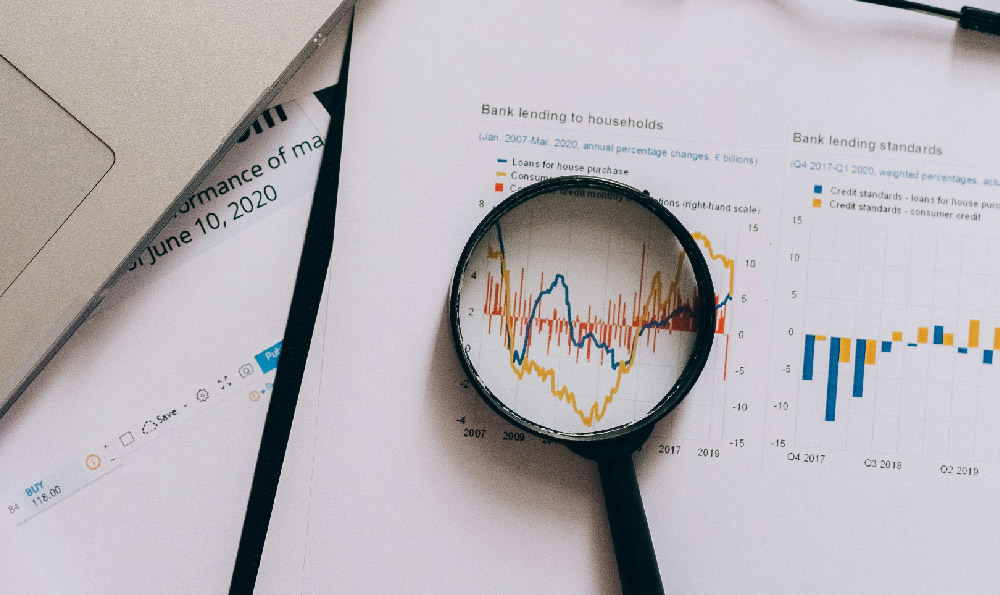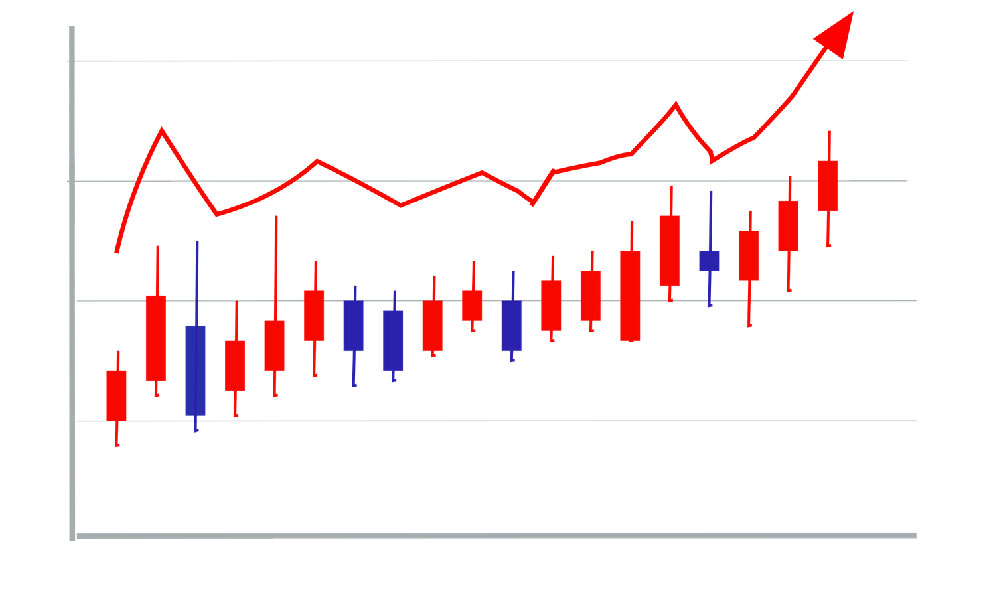
Investing in Coca-Cola (KO) involves a deep dive beyond simply recognizing a ubiquitous brand. It's about understanding the company's financials, market position, and long-term growth potential. Whether it’s a ‘good investment’ depends entirely on your individual investment goals, risk tolerance, and time horizon. Let's dissect the key aspects to make an informed decision.
Firstly, Coca-Cola boasts a brand that's practically synonymous with beverages worldwide. This brand equity provides a significant competitive advantage, a moat as Warren Buffett would say. This translates to pricing power and brand loyalty, shielding them somewhat from economic downturns and shifting consumer preferences. People might cut back on luxury goods during a recession, but a Coke is still an affordable treat. Analyzing this brand strength is crucial; it acts as a foundation for revenue stability and growth. However, simply knowing the brand is strong isn’t enough. We need to quantify it by observing metrics like brand valuation reports and consumer perception surveys to understand its lasting power and potential vulnerabilities.
Secondly, assess Coca-Cola’s financial performance. Examine their revenue growth, profit margins, and free cash flow. While Coca-Cola is a mature company, sustained revenue growth is still essential. Look for organic growth, driven by new product launches, expansion into emerging markets, and strategic acquisitions. Profit margins reveal how efficiently the company manages its costs. A consistent or improving profit margin indicates strong operational performance. Free cash flow is the lifeblood of any company, enabling them to reinvest in the business, pay dividends, and repurchase shares. Reviewing Coca-Cola's financial statements over the past five to ten years paints a clearer picture of their financial health and trajectory. Remember to compare these metrics against industry peers to benchmark their performance. Declining sales in core carbonated beverages might be offset by growth in healthier options like bottled water, teas, and juices. Understanding the nuances of their revenue streams is paramount.

Thirdly, evaluate Coca-Cola's dividend history. The company is a Dividend King, meaning it has increased its dividend payout for over 50 consecutive years. This is a testament to their financial stability and commitment to returning value to shareholders. Dividend income can be a significant component of an investment strategy, particularly for retirees or those seeking passive income. The dividend yield (annual dividend payment divided by the stock price) should be compared to other dividend-paying stocks and the prevailing interest rates. A high dividend yield might seem attractive, but it could also signal potential financial difficulties. Investigate whether the company can sustainably maintain or even grow its dividend in the future. Dividend growth is also important; consistent dividend increases demonstrate confidence in future earnings.
Fourthly, consider the competitive landscape and potential threats. The beverage industry is highly competitive, with rivals like PepsiCo, Keurig Dr Pepper, and numerous smaller players vying for market share. Additionally, changing consumer preferences towards healthier beverages and concerns about sugar consumption pose a challenge. Coca-Cola has responded by diversifying its product portfolio to include healthier alternatives and acquiring brands in the water, juice, and tea categories. Analyze their success in adapting to these trends and mitigating the risks associated with changing consumer tastes. Evaluate their marketing strategies, innovation pipeline, and ability to anticipate and respond to emerging trends. A failure to adapt could lead to a decline in market share and profitability.
Fifthly, think about the global macroeconomic environment. Coca-Cola operates in nearly every country in the world, making it susceptible to fluctuations in currency exchange rates, economic growth in emerging markets, and geopolitical risks. A strong dollar, for example, can negatively impact their earnings when translating foreign revenues back into US dollars. Economic slowdowns in key markets could reduce demand for their products. Geopolitical instability could disrupt supply chains and impact their operations. Assess the potential impact of these macroeconomic factors on Coca-Cola's future performance. Diversification across multiple geographic regions helps mitigate some of these risks, but it’s still essential to understand the potential vulnerabilities.
Sixthly, examine the company’s valuation. Use financial ratios like the price-to-earnings (P/E) ratio, price-to-sales (P/S) ratio, and price-to-book (P/B) ratio to assess whether the stock is fairly valued, overvalued, or undervalued. Compare these ratios to the company’s historical averages and to its competitors. Consider using a discounted cash flow (DCF) analysis to estimate the intrinsic value of the stock based on its projected future cash flows. Be aware that valuation is subjective and depends on the assumptions used in the analysis. A high P/E ratio might indicate that the stock is overvalued, while a low P/E ratio might suggest that it is undervalued. However, it’s crucial to consider the company’s growth prospects and risk profile when interpreting these ratios. A growth stock might justify a higher P/E ratio than a mature, slow-growing company.
Finally, understand your own investment objectives. Are you seeking long-term capital appreciation, dividend income, or a combination of both? What is your risk tolerance? Are you comfortable with the potential volatility of the stock market? How much time do you have to monitor your investments? Coca-Cola is generally considered a relatively stable and low-risk investment, but its growth potential might be limited compared to growth stocks. If you are a conservative investor seeking steady dividend income, Coca-Cola might be a good fit. However, if you are a more aggressive investor seeking high growth, you might prefer to allocate your capital to other investments.
In conclusion, investing in Coca-Cola can be a sound decision for certain investors. Its strong brand, financial stability, and dividend history are attractive features. However, it's crucial to conduct thorough due diligence, assess the risks and opportunities, and align your investment with your personal financial goals and risk tolerance. Don't invest solely based on brand recognition; a detailed understanding of the financials, competitive landscape, and macroeconomic environment is essential to make an informed investment decision. Diversifying your portfolio and consulting with a financial advisor are also recommended. Remember that past performance is not indicative of future results, and all investments involve risk.





